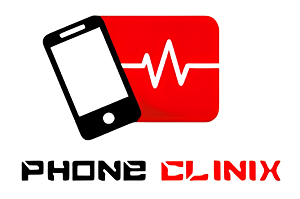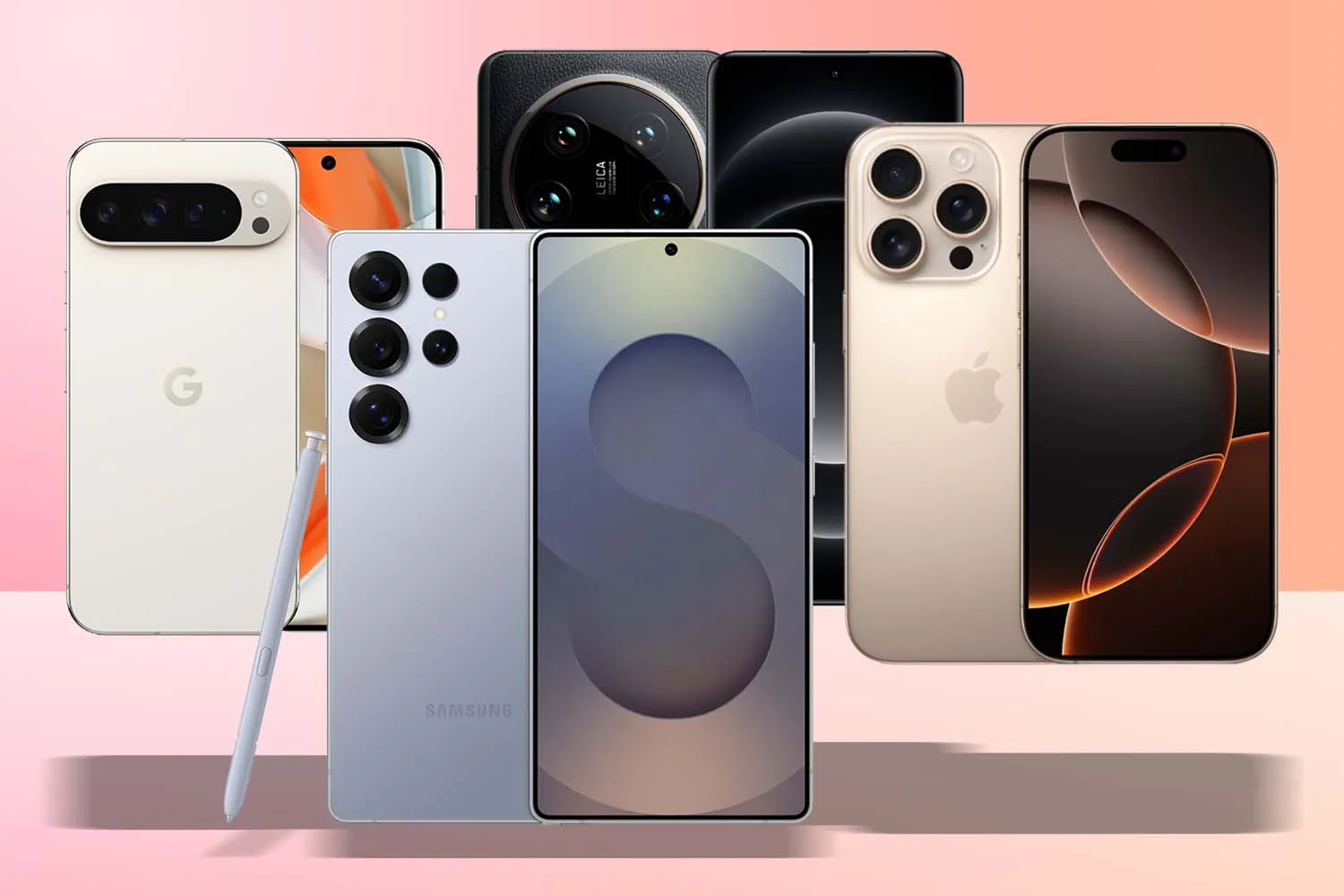In today’s digital age, our smartphones have become more than just communication tools. They are our photo albums, personal diaries, productivity devices, and data vaults. But what happens when your phone crashes unexpectedly and all that important data seems lost? Whether due to hardware failure, software glitches, or accidental damage, a phone crash can feel like a nightmare. Fortunately, modern solutions particularly phone diagnostic software can help you recover lost data and prevent future loss.
This comprehensive guide will explore how to recover lost data after a crash, what tools to use, and how phone diagnostic software plays a crucial role in both recovery and prevention.
Understanding the Causes of Phone Crashes
Before diving into recovery methods, it’s essential to understand why phones crash in the first place. Common reasons include:
- Software Bugs: Glitches in apps or the operating system can lead to repeated crashes.
- Overloaded Memory: Running too many apps simultaneously or having insufficient storage space can cause the system to freeze or reboot.
- Physical Damage: Dropping your phone or exposing it to water can cause internal hardware failure.
- Malware or Viruses: Malicious software can corrupt system files, making the phone unstable.
- Failed Updates: Sometimes, an update may not install correctly, leading to boot loops or black screens.
Identifying the cause is the first step toward data recovery, and that’s where phone diagnostic software comes in handy.
What Is Phone Diagnostic Software?
Phone diagnostic software is a specialized tool designed to analyze and detect issues in smartphones. These tools can identify hardware malfunctions, software errors, and even security vulnerabilities. In the context of data recovery, diagnostic tools provide vital information about:
- Which parts of the phone are still functional
- Whether the storage is intact
- If the system can still communicate with a PC or cloud storage
- What caused the crash
Some advanced diagnostic tools can even repair certain types of software corruption, making them invaluable for recovering data from crashed devices.
Immediate Steps After a Crash
If your phone crashes, act quickly and carefully. Here are some steps to take right away:
- Don’t Panic: Take a moment to assess the situation calmly. Panicking can lead to rushed decisions that may worsen the situation.
- Stop Using the Device: Continued use can overwrite important data. If your phone is frozen or looping, power it off if possible.
- Connect to a Computer: If the phone is still responsive enough, try connecting it to a computer to access internal storage. You might be able to transfer some files manually.
- Use Phone Diagnostic Software: If the phone isn’t responding, install reputable diagnostic software on your PC or Mac. This software may help access the phone’s internal system and retrieve valuable information.
- Check for Cloud Backups: If you had automatic backups enabled (Google Drive, iCloud, OneDrive), log into those platforms and check for recoverable files.
How Phone Diagnostic Software Helps in Recovery
Phone diagnostic software does more than just report problems—it can actively assist in the recovery process in the following ways:
1. Detecting Hardware Malfunctions
Tools like Dr.Fone, PhoneRescue, and Tenorshare UltData can scan your device to determine if the crash resulted from hardware issues like a damaged motherboard or faulty NAND storage. Knowing whether the hardware is the problem will help you decide whether physical repairs are needed or if software recovery is possible.
2. Booting into Recovery Mode
Many diagnostic tools can help you boot into recovery mode or download mode even if the phone won’t turn on normally. This is often the first step to accessing the file system for recovery.
3. Scanning and Recovering Deleted Files
Once the phone is in a semi-functional state, the software can perform deep scans to recover lost files, including:
- Photos and videos
- Messages and call logs
- Documents and notes
- App data (such as WhatsApp chats)
4. Repairing the Operating System
Some phone diagnostic tools can fix corrupted OS files or reinstall the firmware without erasing data, allowing the phone to reboot correctly.
Manual Data Recovery Options
If phone diagnostic software fails or your device is severely damaged, consider these alternatives:
- Professional Recovery Services: Companies like iFixit or DriveSavers specialize in retrieving data from dead phones. They may cost more but are often your last resort.
- MicroSD Card or SIM Retrieval: If your device uses an SD card or stores contacts on the SIM, remove them and check with another phone.
- ADB (Android Debug Bridge): If you’ve enabled USB debugging before the crash, you can use ADB commands via a PC to extract files.
Prevention: How to Avoid Data Loss in the Future
Recovering data after a crash can be stressful, time-consuming, and sometimes costly. The best strategy is prevention. Here are a few practices to protect yourself going forward:
1. Regular Backups
Make it a habit to back up your phone weekly to cloud services or external drives. Enable automatic backups for critical apps like WhatsApp, Google Photos, or iCloud.
2. Use Reliable Phone Diagnostic Software Regularly
Don’t wait for a crash to diagnose your phone. Run monthly scans to check for performance issues, malware, and storage problems. Some tools can even optimize the phone’s performance and alert you before a crash occurs.
3. Install Updates Carefully
Always update your phone through official channels. Avoid installing beta firmware unless you know how to restore from a backup.
4. Avoid Unverified Apps
Only download apps from trusted sources like the Play Store or App Store. Malware from third-party apps is a leading cause of crashes.
5. Free Up Space Regularly
Keep at least 20% of your storage free to ensure the operating system runs smoothly. Too little space can lead to performance issues and sudden crashes.
Recommended Phone Diagnostic Software
Here are a few reliable phone diagnostic tools that can help in both recovery and routine maintenance:
- Dr.Fone by Wondershare: Excellent for data recovery, system repair, and backups.
- PhoneRescue by iMobie: Supports both iOS and Android; strong data retrieval capabilities.
- Tenorshare UltData: Known for deep scan features and compatibility with damaged phones.
- Samsung Smart Switch: Great for Samsung users wanting to back up and restore data easily.
- iMazing: Ideal for iPhone users to manage, back up, and recover data efficiently.
Final Thoughts
Experiencing a phone crash is never pleasant, especially when it risks years of valuable data. However, with the right approach and tools—especially powerful phone diagnostic software you can often recover what you thought was lost. From scanning for errors and retrieving deleted files to repairing the OS, these tools can be lifesavers.
More importantly, let every crash be a reminder to prioritize prevention. Regular backups, periodic diagnostics, and cautious app usage can help you avoid future heartaches. Technology might fail, but with the right strategies, your data doesn’t have to.



